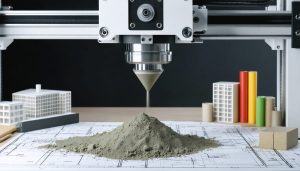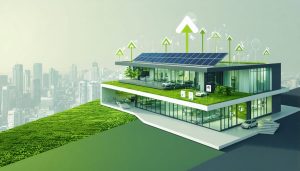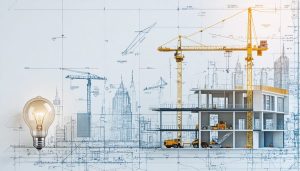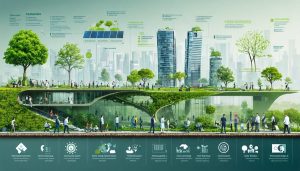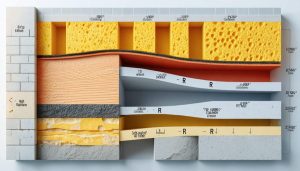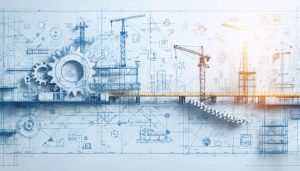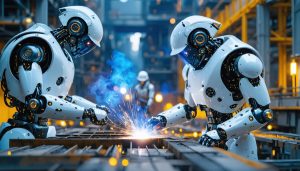
How Robotics is Revolutionizing Construction Safety and Efficiency
Robotics and automation are fundamentally reshaping the construction industry, delivering unprecedented gains in productivity, safety, and precision. From autonomous excavators navigating job sites to robotic arms performing complex welding operations, these technologies are addressing the sector’s most pressing challenges – labor shortages, project delays, and quality control issues. Industry leaders implementing robotics solutions report up to 30% reduction in project completion times and a 25% decrease in construction costs.
The convergence of artificial intelligence, sensors, and advanced robotics is enabling …

